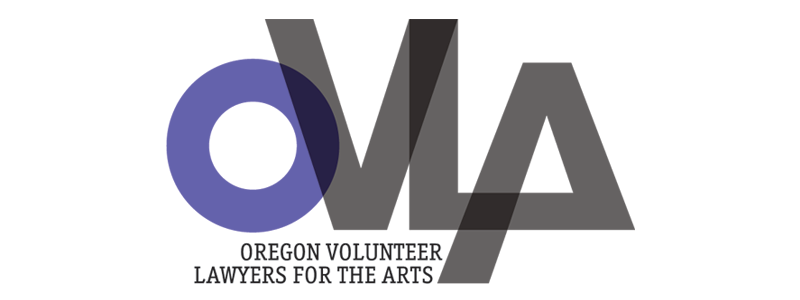Committing to registering your copyrights in 2020 probably seems a lot like other resolutions you may be making, such as eating more vegetables or going to the gym. You know it’s good for you, but it also seems unpleasant and maybe a little overwhelming. The good news is that you’re half right - registering your copyrights is essential if you intend to make a living (or even a decent side hustle) out of your creations, but it’s also not as difficult, time consuming or expensive as you may think.
WHY REGISTER?
The benefit of copyright law is protection - it gives you the exclusive right to decide how your creations are used, along with the right to get paid for your hard work. Without it, artists would have no way to prevent their work from being exploited by political causes they disagree with, or promoting products that conflict with their image. They would also have no way to demand that those who do want to use their work (and get permission) pay for the privilege.
Registering your copyright provides you a number of advantages:
The registration creates evidence that you own the work, in case someone else tries to claim credit. Which is way better than mailing a copy to yourself and sticking the unopened envelope in a drawer (seriously, stop doing that).
A copyright registration provides notice to others that your work is protected, even if you don’t or can’t place a copyright notice on your work.
If someone wants to license your work ($$$), the registration lets them know who to contact for permission (and who to pay).
A registration is required before you can file a lawsuit. That may not seem important now, but if you later discover someone is using your work in a way you want to stop, you’ll have to wait for your registration to be processed before a court can do anything about it. That could mean months of being unable to stop the infringement - by which time the damage may be done.
A registration allows you to recover your attorneys’ fees as well as statutory damages from an infringer. That gives you greater leverage if you have to demand that infringers stop their theft, and if they won’t, makes it more economically feasible to go to court to make them stop. More importantly, it provides a powerful incentive for others to avoid stealing your work in the first place.
As a bonus, the government gives you a nice certificate, suitable for framing, confirming your creative prowess.
NO EXCUSES
It’s true that registering your copyrights involves a little paperwork and a little money - but probably not as much as you think. Copyright registration applications are pretty straightforward, and if you’re unsure about anything, you can ask a copyright attorney to help out. Alternatively, ask your attorney to prepare the first registration of the year and show you how to do subsequent applications yourself (or if you just don’t want to be bothered, ask your attorney if they will do the whole year for a discounted fee). The application fee is also pretty minimal - as low as $35 for most works. And you can often register multiple works at a time for a single fee, which works well if you need to catch up on your registrations or you create related groups of art, such as an album, a series of articles or a collection of fine art prints or photographs.
YOUR 2020 PLAN
Creating a plan for your registrations makes it easy. Resolve to catch up on all of your unregistered works in January, then set a schedule to register new works throughout the year, depending on how often you create new stuff. If you frequently update your work (like blog entries), you may want to register monthly. If you only sporadically create new stuff (e.g., writing a book or an album), make it part of your final process. For most creatives, setting a schedule to update your registrations quarterly or even every six months is likely fine. The main thing is to have a plan, and then stick to it, so nothing slips until next year. You know, like all of your other resolutions.






